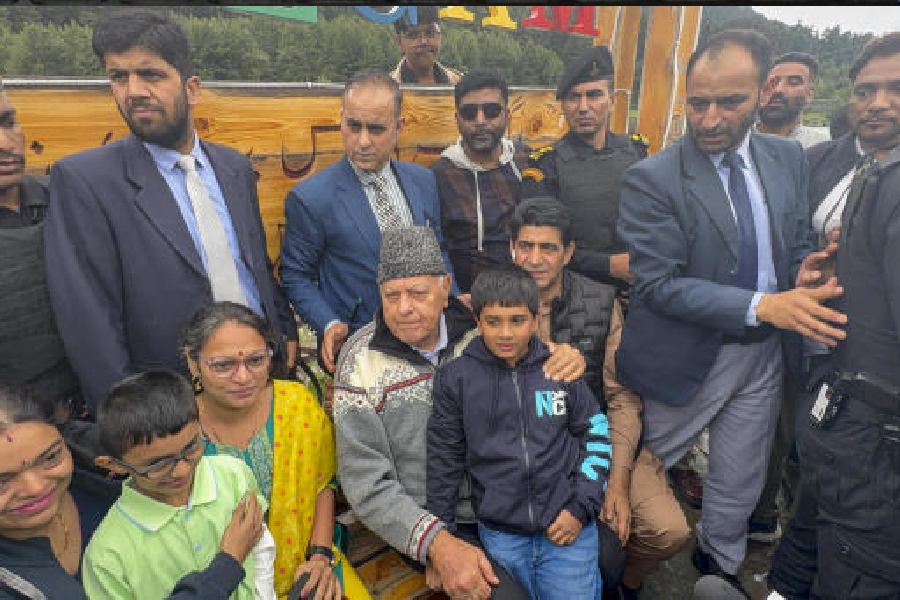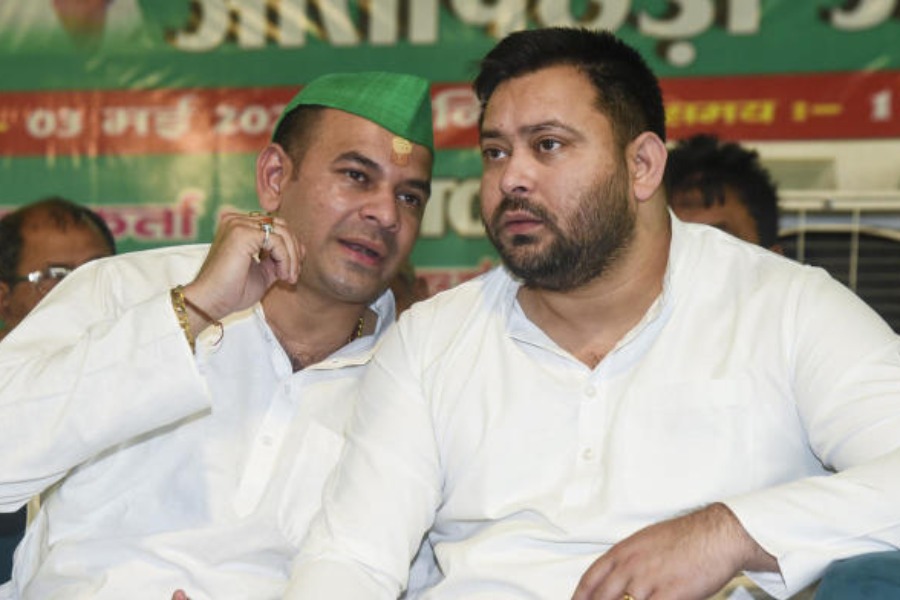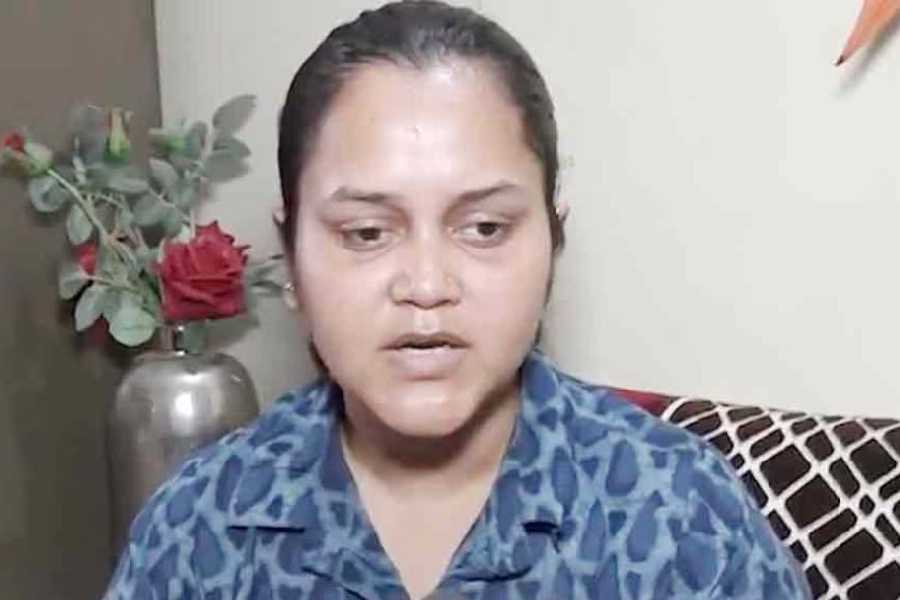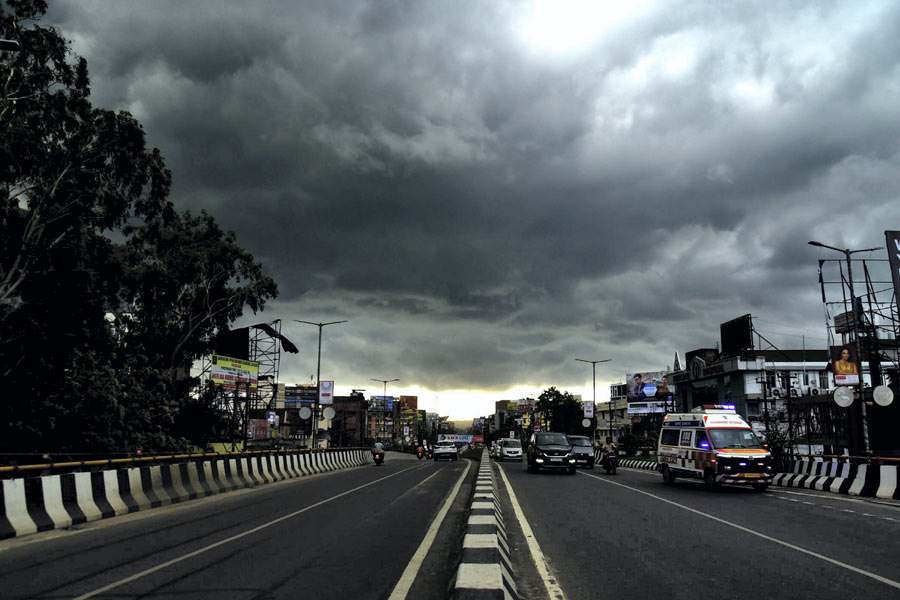Ranchi, July 24: Among the urban participants of the on-going ladies’ art camp at the National Games secretariat complex here, four rural artists specialising in khovar and sohrai, folk art forms prevalent in Hazaribagh region, stood out.
But in terms of achievements, two of them — Rukmini Devi from Kharati village of Barkagaon area and Parvati Devi of Bhelwara village — are far ahead from the rest. Be it Mumbai, Bangalore and Delhi or for that matter, London, Berlin, Sydney and Brisbane, their work have either been exhibited at galleries there.
They also had a month-long residency at Djamu Gallery, Sydney in March 2000 where they did a mural with these art forms. Their work is also on display in New South Wales. Instead of traditional painting on mud-plastered walls, they are using handmade paper with high rag contents here. These have helped their art form to travel beyond the boundary of Hazaribagh villages, though the circulation is still limited.
Khovar paintings are done on the occasion of marriage to decorate the bride’s home. In certain tribal languages, khovar means the bridal chamber, hence the name. On a mud-plastered wall, a thick coat of black earth (kali mitti) is applied and left to dry. When dried, another coat of a whitish-yellow mud solution is applied. Before it dries up, the upper coat is scrapped with a piece of broken comb, which reveals the undercoat, depicting designs and patterns, mostly containing jungle plants, birds or animals.
Sohrai, on the other hand, is done on the occasion of harvest festival and drawn on a freshly mud-washed wall with bright red, black and yellow or white colours. At the camp, Rukmini Devi is doing khovar paintings, using mud she has brought from her village. She made a solution of black earth with glue as the undercoat and used a broken comb as is done traditionally. Using synthetic colour may not give the desired effect, she said.
Parvati Devi, on the other hand, says that the paintbrush is more helpful than crushed twigs. Since she does sohrai paintings, drawing on a paper, using acrylic colour poses no problem for her.
Though the Tribal Women Artists’ Co-operative at Hazaribagh helps these artists, these art forms are widely known outside like the Madhubani paintings of Bihar.
“We will request galleries selling artefacts and handicraft to sell these paintings as well. With time it would surely be popular,” said Harendra Sinha, assistant director of the state culture department that organised the camp.










